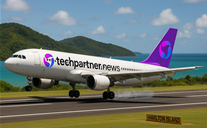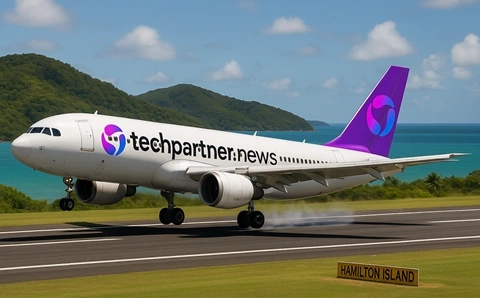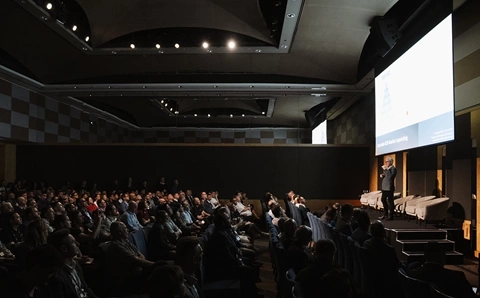Telstra has activated the Sydney-Melbourne coastal leg of its new fibre network, now called the Aura Network.
Built with two separate pathways – one for express, long-distance traffic between the capitals and another with potential to connect hundreds of regional towns and cities – the network allows customers to either own their fibre outright, scale capacity up and down as needed or use a fully managed service.
In simulated testing, the network has achieved fibre capacity of 83.6 terabits per second over 1,200 kilometres. Based on conservative real-world estimates, this translates to an estimated 35 times more capacity per path than standard carrier networks, along with an estimated 50% improvement in resiliency, according to the company.
Live tests on a single fibre channel between Sydney and Canberra have delivered transmission rates of 700 gigabits per second – more than six times faster than most networks today, Telstra claims.
The enhanced connectivity also aims to allow digital services providers, hyperscalers, and early adopters, such as foundational partner Microsoft, to tap into Australia’s expanding digital markets, with the new Sydney-Melbourne route covering more than 80 operational data centres.
“As a nation, we have big priorities: making AI a national focus, building a skilled and adaptable workforce, and securing Australia’s economic potential on a global stage. None of that is possible without world-class digital infrastructure,” said Telstra CEO Vicki Brady.
“This network represents a bold ambition. It’s not just fibre in the ground – it is a backbone for innovation, productivity and resilience that helps future proof Australia for decades to come.”
The activation of the Sydney to Melbourne coastal route follows the June launch of the Sydney to Canberra coastal leg and the completion of the latest leg, Canberra to Melbourne coastal, and forms part of the 5,000km of network built to-date.
Additional routes connecting Adelaide, Perth and Brisbane will come next.

.jpg&w=480&c=0&s=1)


.png&h=142&w=230&c=1&s=1)







.jpg&w=100&c=1&s=0)
_(8).jpg&w=100&c=1&s=0)










